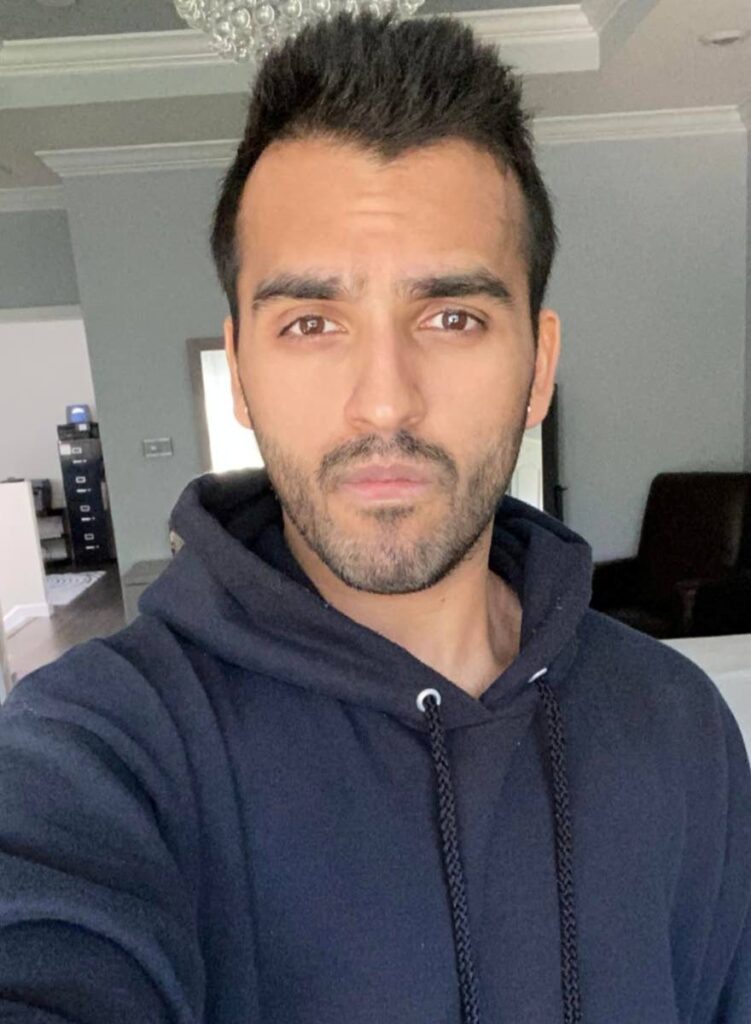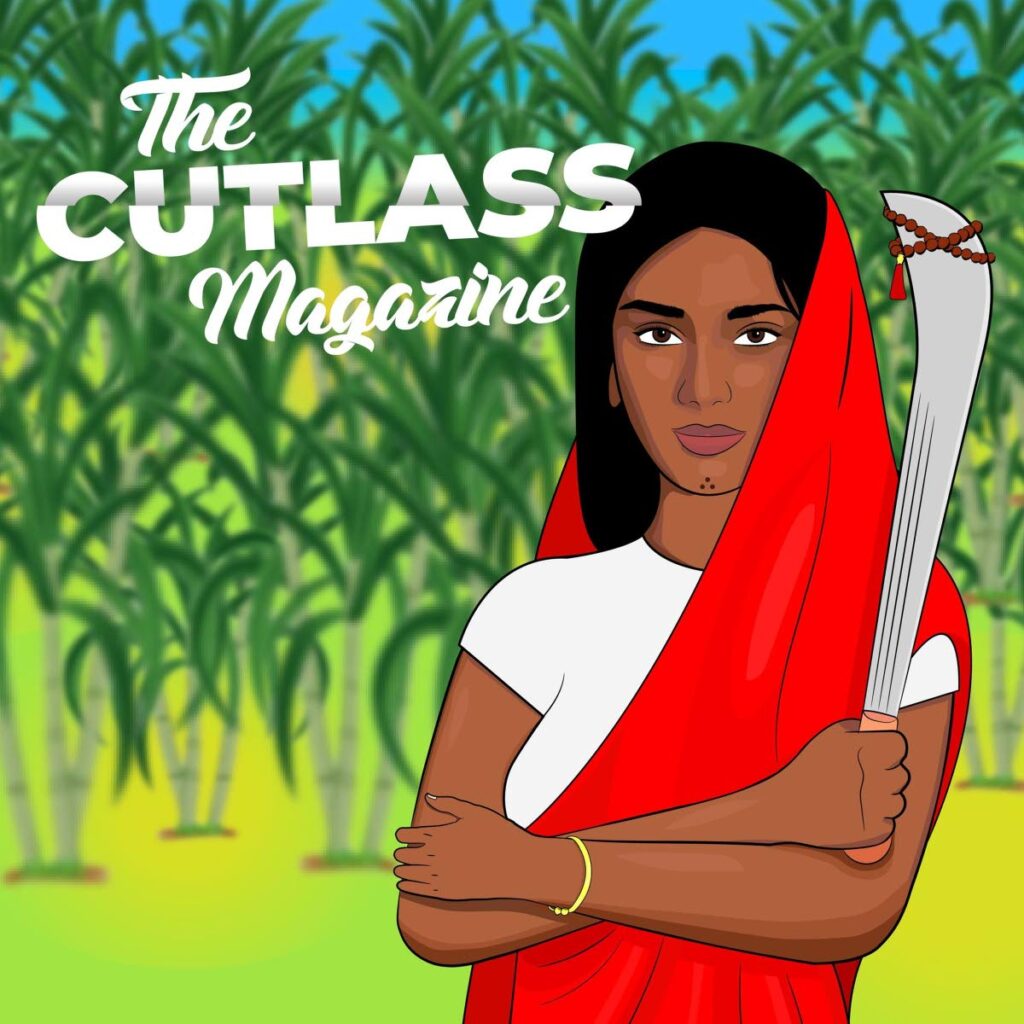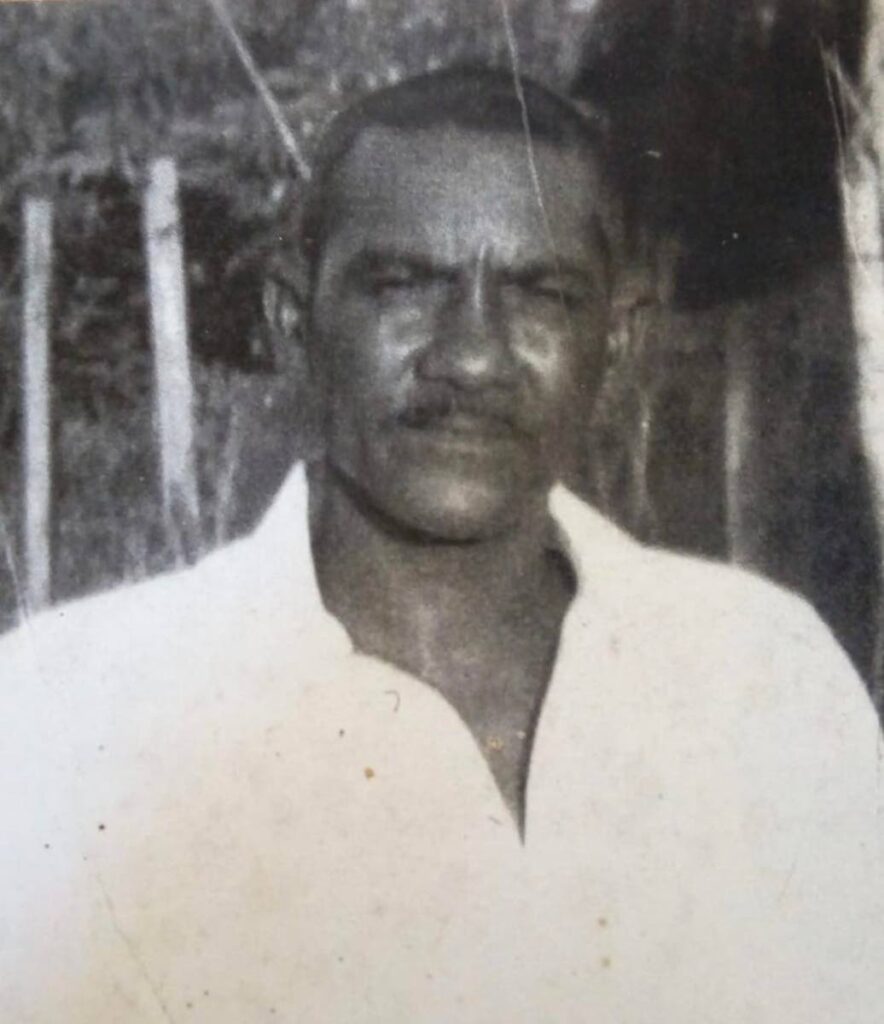The Cutlass spotlights Indo-Caribbean diaspora

ANDREW GIOANNETTI
Vinay Harrichan is just 25, but is what some might consider an old soul. He's wistfully nostalgic, with burning curiosity and a desire to learn something new about his heritage every day.
Harrichan is the creator of The Cutlass Magazine, a part-social media community, part-podcast, part-virtual museum, of which he is the self-professed curator. The podcast itself is a space where history, traditions and social issues of the Indian diaspora, are explored, but not sanitised, Harrichan told Newsday from Florida, where he migrated from Trinidad with his immediate family at the age of four.
The podcasts have featured several well-known and lesser-known guests. He interviewed physician Dr Visham Bhimull on the topics of Trinidad Bhojpuri (Indo-Aryan language) and revitalising Caribbean Hindustani.
He also interviewed Guyana-born Prakash Churaman, who was tried by a US jury, convicted and exonerated in connection with a murder during a home invasion in New York in 2014.
The Cutlass Magazine is symbolised by a logo depicting an East Indian woman in a sari, holding a cutlass.

"It's an all-encompassing symbol," Harrichan told Newsday. He is well-spoken and still sounds like a Trini.
"I wanted a culture symbol that (not only) Caribbean people, but people from post-indentureship (places) like Mauritius, Fiji ... would be able to immediately recognise as a reference to their own communities.
His audience, though mostly comprising Indo-Caribbean people living in the Caribbean and the US, also include people of Indian descent who have settled across the world.
"To me, the cutlass is, from a historical standpoint, intertwined with indentureship, in that it was the tool used to cut sugarcane, grass, and it persisted in various forms.
"But we also know there’s a dark history of it being used for violence, whether domestic or intercommunity violence."
It's also an everyday item found in homes anywhere around the Caribbean today, he notes, so it fits perfectly.
Harrichan came up with the concept, but his cousin Jivan Raghoo created the image.
When he started the platform, Harrichan promised himself to cover Indo-Caribbean history in its entirety – the good and the bad.
He said he did extensive research before launching his podcast in August 2020. He has released six episodes in all, but retracted two because of audio issues, and says he plans to re-release them with additional interviews.
Broadly speaking, Harrichan wants to highlight the diversity within Indo-Caribbean culture, including Hinduism.
The release of his podcasts have slowed within the past year though, but he said that’s for a good reason. Much of his time is spent archiving and collecting data, so he's an amateur historian of sorts. Harrichan never actually completed formal studies in history or social studies.
He is a software developer and data scientist, whose academic background is in English and political science, before he took a completely different direction, going on to do an engineering degree. But it was while studying political science and English that he started to explore his interest in topics like Indian indentureship and Indo-Caribbean literature.
In 2020, as the US experienced its most difficult parts of the covid19 pandemic, Harrichan put his thoughts into action, finally creating the podcast, as he had intended for several years.
The idea for the podcast was also spurred on by fond memories of his early childhood, like long drives in the country and lengthy talks about his East Indian heritage with his extended family. It would help him to fill a void. It started as a "passion project," he said.
"I initially had just started making an effort to learn about history connected to the Indo-Caribbean (experience), all just for a personal desire, because I had lost (both my grandmothers) as a teenager, and their passing really alerted me to how much of my history and personal story went with them."
Harrichan grew up in Coral Springs, Florida, a place people sometimes call "Little Trinidad" because of the high proportion of Trinidadians in particular, but also Guyanese and Jamaicans, living in the small city.
Asked about his accent – one which one could reasonably expect to sound at least mildly American – Harrichan said, "I have a couple cousins, and we all had that thing where we have our home voice and our (foreign) voice.
"Even my younger sister who was born and grew up in Florida, when she talks to our family and close friends, has a Trinidadian accent."
Harrichan said he used his "foreign accent" at school but stopped alternating his accents consciously after leaving college. He has since maintained a predominantly Trinidadian accent.
Though he misses home, little bits of Indo-Trinidad aren't far away.
"Growing up here, there were always the Trinidadian mandir, the puja shop, the roti shops…so I never felt like I was missing any of the (Indo-Trinidadian) culture."
His par-nana (maternal great-grandfather) named Ragoonanan had a school where he taught both Hindustani and the Ramayan, ensuring Harrichan was well versed in Indian literature and languages.

Since the first podcast was released, he has interviewed many Indo-Caribbean elders, some in their eighties, nineties and even centenarians. Most, however, will not be featured in the podcast, but serve for his own research and archiving.
His online reach is impressive. The Cutlass Magazine's Instagram profile has over 16,400 followers, with another 2,700-plus followers on Twitter.
Harrichan is also very active on Facebook. He uses all platforms to share not just historic tidbits, but also humour and bits of motivation.
Such is his reach and his love for India, Harrichan has been featured in a number of news publications and magazines, from Florida to the subcontinent, in The Telegraph in India.

Comments
"The Cutlass spotlights Indo-Caribbean diaspora"